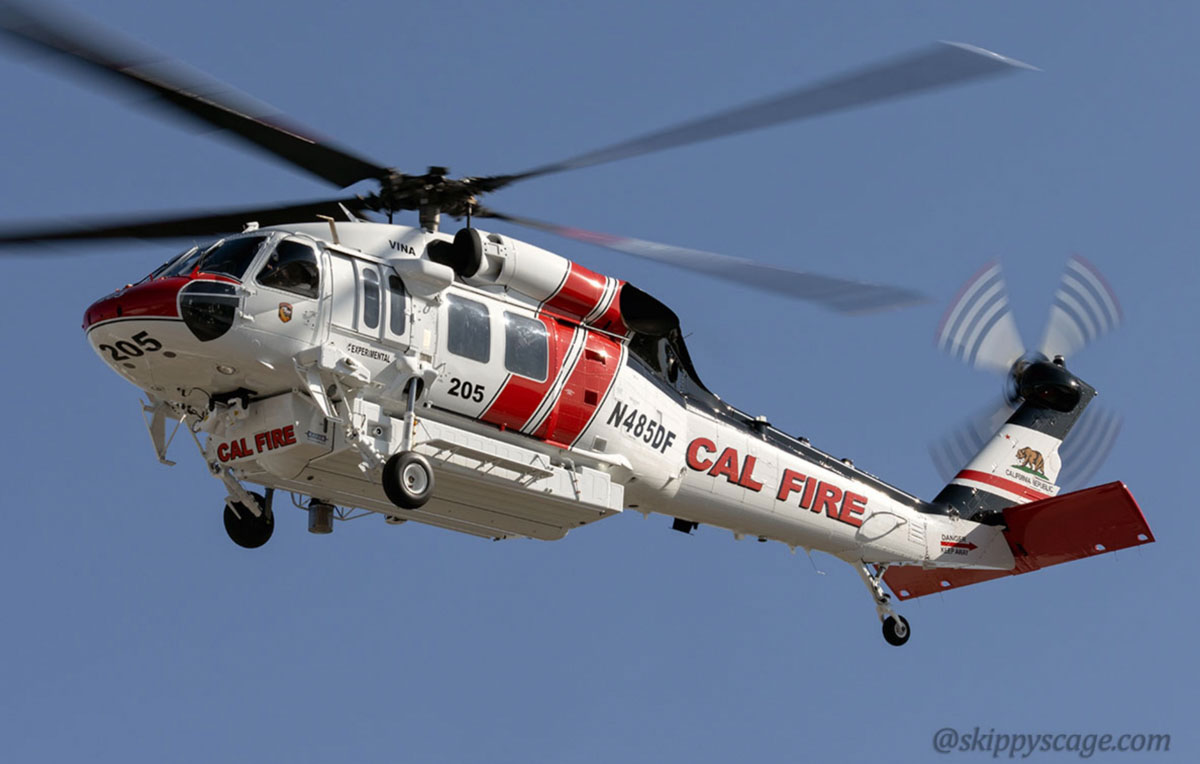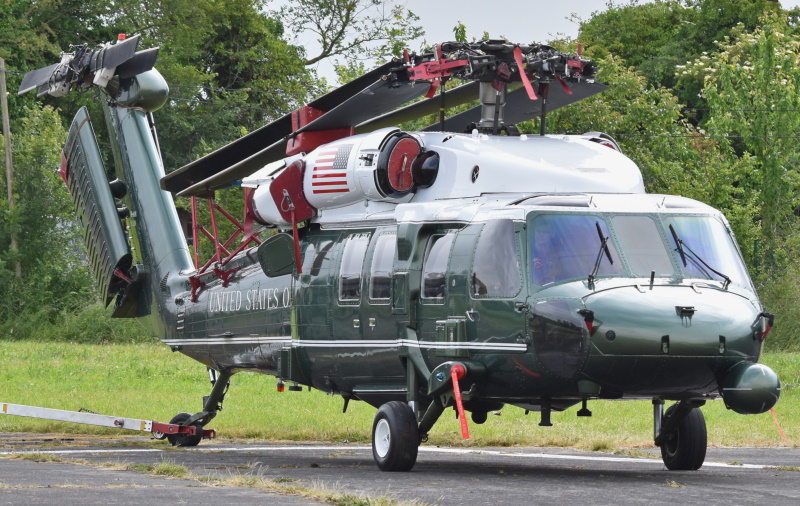A Look at the Sikorsky S 70's Duty in Armed forces and Civil Aviation
A Look at the Sikorsky S 70's Duty in Armed forces and Civil Aviation
Blog Article
High-Performance Multi-Role Rotorcraft Featuring Advanced Cockpit Technologies and Integrated Sensor Equipments
The world of rotorcraft innovation has seen notable developments in current times, specifically in the world of high-performance multi-role rotorcraft equipped with sophisticated cabin innovations and effortlessly incorporated sensing unit systems. These developments have not only boosted the operational capacities of rotorcraft but have actually also considerably impacted modern aeronautics operations on numerous fronts. From enhanced mission flexibility to enhanced operational efficiency, the merging of sophisticated cabin modern technologies and incorporated sensor systems has actually introduced a new age of opportunities for rotorcraft applications. In the adhering to conversation, we will check out the evolution of rotorcraft modern technology, explore the world of advanced cockpit innovations, and take a look at the ramifications of incorporated sensing unit systems on the functional convenience and performance of modern rotorcraft.
Evolution of Rotorcraft Technology
The development of rotorcraft technology has actually been marked by substantial developments in aerodynamics, materials, and propulsion systems, shaping the abilities and performance of modern-day rotorcraft. Wind resistant enhancements have actually improved the efficiency and ability to move of rotorcraft, enabling enhanced speed, agility, and security during flight (sikorsky s 70). Developments in products, such as the use of composite products and advanced alloys, have actually caused lighter yet stronger rotorcraft frameworks, enhancing overall efficiency and resilience. In addition, advancements in propulsion systems, including extra powerful engines and ingenious propulsion innovations, have actually made it possible for rotorcraft to achieve greater altitudes, faster rates, and greater payloads.
These improvements have not only changed the abilities of rotorcraft yet have actually also broadened their applications throughout numerous markets, including armed forces, industrial, and emergency solutions. The constant evolution of rotorcraft innovation remains to drive advancement in the field, pushing the borders of what is possible and shaping the future of upright flight.
Advanced Cockpit Innovations
Building upon the fundamental advancements in aerodynamics, products, and propulsion systems, the world of rotorcraft modern technology now shifts emphasis in the direction of pioneering Advanced Cabin Innovations. The integration of cutting-edge innovations within the cabin environment plays a vital duty in boosting the operational abilities, security, and effectiveness of modern rotorcraft. sikorsky s 70. Advanced Cockpit Innovations include a vast array of functions developed to provide pilots with boosted situational awareness, streamlined information monitoring, and user-friendly control user interfaces
Among the vital advancements in cockpit style is the application of glass cockpits, which change standard analog assesses with high-resolution displays. These electronic systems provide adjustable layouts, real-time information assimilation, and enhanced readability, making it possible for pilots to accessibility essential details at a look. In addition, progressed avionics systems, such as fly-by-wire controls and enhanced truth screens, are transforming how pilots communicate with the aircraft, enabling exact control and enhanced decision-making abilities.


Integrating innovative cockpit innovations not only boosts pilot efficiency but also adds to overall goal efficiency and security in complicated operational environments. By leveraging cutting edge innovations within the cabin, rotorcraft makers are setting new requirements for functional excellence and mission success.
Integrated Sensor Solutions
With the advancement of rotorcraft technology, the integration of advanced Integrated Sensor Solution has actually become vital in enhancing operational efficiency and safety. These Integrated Sensor Equipments incorporate a vast range of modern technologies that provide crucial data for various functions such as navigation, surveillance, targeting, and ecological monitoring. By perfectly incorporating sensing units like radars, electronic cameras, lidar, and site link infrared systems right into rotorcraft, drivers can take advantage of enhanced situational recognition, enhanced mission capacities, and decreased pilot work.
One trick benefit of Integrated Sensing unit Systems is their capacity to collect real-time information and offer workable understandings to pilots find out here and objective operators. As an example, advanced radar systems can spot and track targets over long distances, permitting very early danger discovery and efficient reaction preparation. Furthermore, incorporating infrared and electro-optical cams enables rotorcraft to perform reconnaissance and security goals with accuracy and precision.
Basically, the combination of sophisticated sensing unit innovations right into rotorcraft not just enhances functional performance yet additionally adds considerably to overall objective success and crew safety and security. As rotorcraft remain to progress, the function of Integrated Sensor Equipment will definitely remain at the center of advancement in the aerospace sector.
Functional Convenience and Effectiveness
Enhancing functional convenience and performance in rotorcraft is an all-natural development from the combination of innovative Integrated Sensor Systems. By leveraging the information and insights provided by these sophisticated sensing unit systems, rotorcraft can optimize their performance throughout numerous missions and atmospheres.
Operational flexibility incorporates the capability of rotorcraft to adjust to different functions and situations efficiently. With sophisticated cockpit innovations and incorporated sensor systems, rotorcraft can perfectly transition in between tasks such as search and rescue, medical evacuation, surveillance, and much more. This flexibility enhances the rotorcraft's capability to fulfill varied functional demands without needing extensive reconfiguration.
Effectiveness in rotorcraft procedures is essential for maximizing goal effectiveness and resource usage. Integrated sensor systems play a crucial duty in enhancing pop over to this web-site functional performance by providing real-time data on weather, surface mapping, target tracking, and more. This data enables pilots to make informed decisions promptly, optimize flight paths, preserve gas, and improve total objective performance.
Effect On Modern Aviation Procedures

Additionally, the assimilation of sophisticated sensing units assists in enhanced mission preparation and implementation, enabling rotorcraft to execute a vast array of jobs with improved accuracy. From search and rescue procedures to aerial firefighting and police missions, the capabilities of modern rotorcraft furnished with advanced cabin technologies and integrated sensor systems are unrivaled.
Moreover, the impact of these improvements expands beyond operational efficiency to cost-effectiveness and sustainability. By optimizing flight paths, gas intake, and maintenance routines, high-performance rotorcraft geared up with sophisticated cabin innovations and sensors add to decreasing functional costs and ecological effect, making them vital properties in modern aviation procedures.
Verdict
To conclude, the high-performance multi-role rotorcraft with advanced cabin technologies and incorporated sensing unit systems represents a significant development in aviation technology. These innovations boost functional versatility and effectiveness, ultimately influencing modern air travel procedures in a favorable method. The integration of these advanced innovations enables boosted capabilities and performance in numerous mission circumstances, showcasing the continued development of rotorcraft technology in the air travel market.
The realm of rotorcraft innovation has seen remarkable innovations in recent times, particularly in the world of high-performance multi-role rotorcraft geared up with cutting-edge cockpit innovations and flawlessly incorporated sensor systems. From enhanced mission adaptability to boosted functional effectiveness, the convergence of innovative cabin technologies and incorporated sensing unit systems has actually ushered in a new age of possibilities for rotorcraft applications. In the adhering to discussion, we will certainly check out the development of rotorcraft technology, delve right into the realm of sophisticated cabin developments, and analyze the implications of incorporated sensing unit systems on the operational versatility and performance of modern rotorcraft.

Report this page